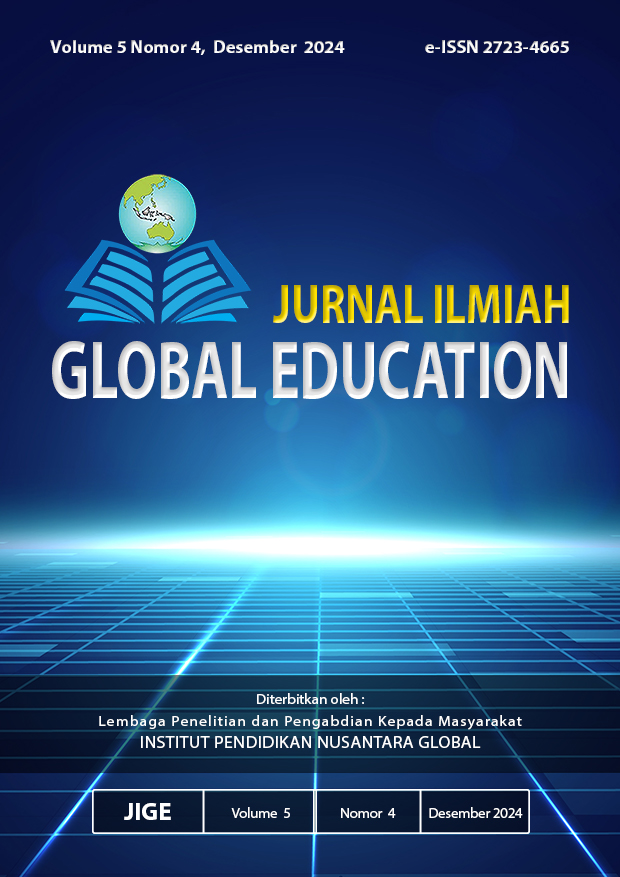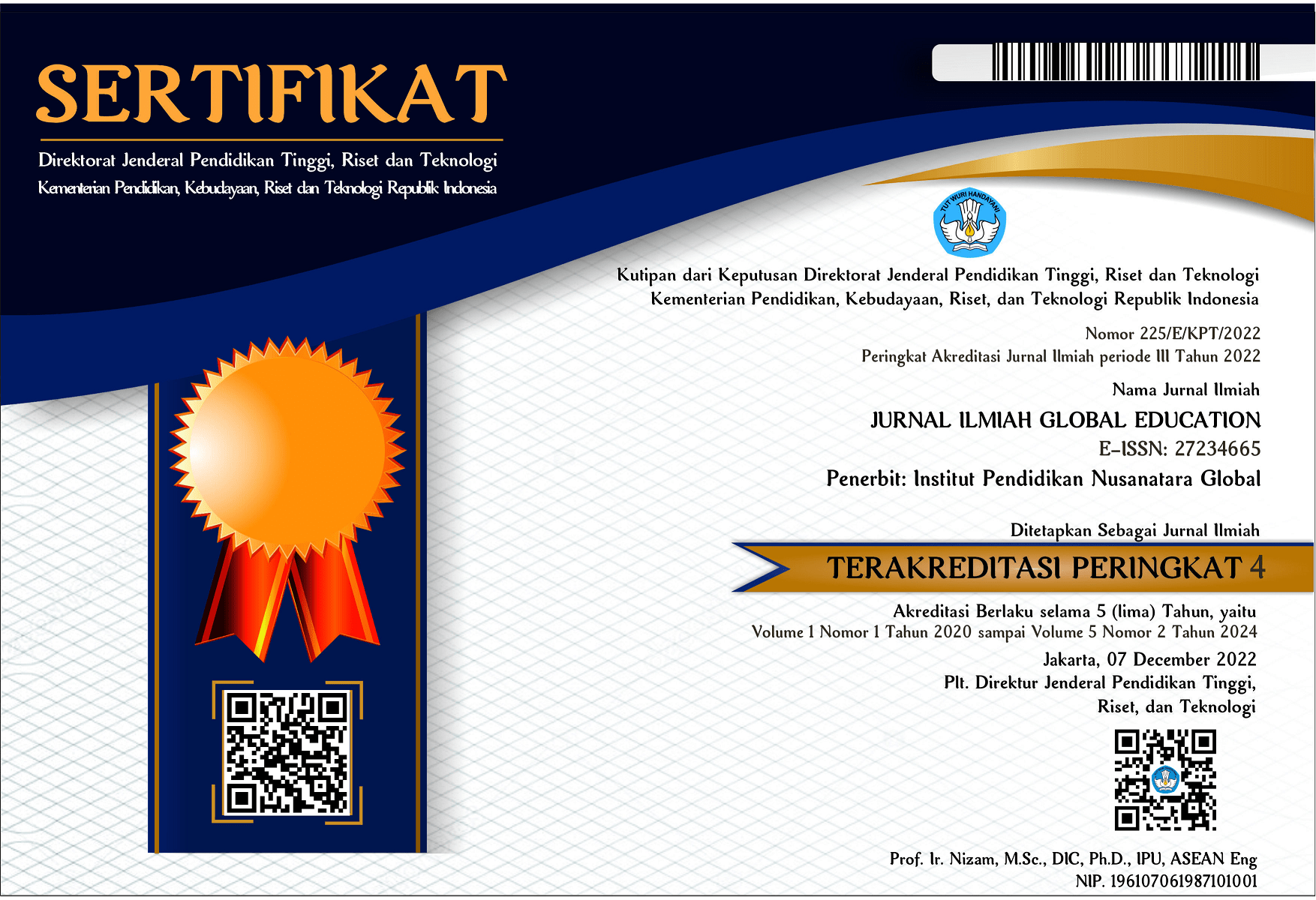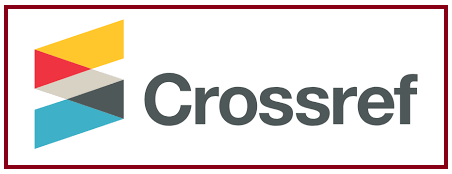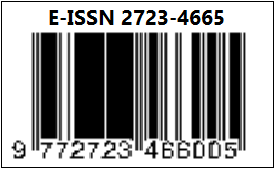Analisis Karakterisasi Asam Lemak Hidroksamat dari Minyak Goreng Bekas
DOI:
https://doi.org/10.55681/jige.v5i4.3650Keywords:
characterization, synthesis, fatty hydroxamic acid, FHA, used cooking oilAbstract
Complexes of fatty hydroxamic acids (FHA) with several metal ions have been used in analytical chemistry as reagents for gravimetry, metal spectrophotometry, chelators for rare earth minerals and for extracting metal ions from the aqueous phase. For this reason, it is necessary to synthesize FHA with basic ingredients containing this fatty acid. The source of fatty acids is used cooking oil which has the potential to be used as raw material for FHA synthesis. The aim of this research is the synthesis of FHA from used cooking oil which is carried out by enzymatic means and a characterization analysis of the resulting FHA is carried out. The research stages include the synthesis stage, purification stage and characterization stage. From the research results, it was found that the percentage of FHA synthesis from used cooking oil was 49.40%. The number of hydroxamic acid groups in 1 gram of dry FHA sample is 2.86 mmol. Based on the results of color test analysis with CuSO4 and FeCl3, a complex color that is typical for these two metals with FHA is obtained, namely green and dark red. Meanwhile, from FTIR analysis, a spectrum of the hydroxamic acid functional group was obtained from the FHA sample.
Downloads
References
Arsiwan, R. 2010. Sintesis Asam Lemak Hidroksamik Dari Minyak Kelapa Secara Enzimatis, Mataram: Universitas Mataram.
Gervajio, G.C.2005. Fatty Acids and derivatives from Coconut Oil. Jhon Wiley & Sons Inc, New York.
Ho, C.Y. & Stobel, E.D. 2006. Preparation Of Hydroxamic Acids from Ester in Solution and On the Solid Phase. USA: United States Patent.
Isha, A., Yusof, N.A., Ahmad, M., Suhendra, D., Yunus, W.M.Z.W., Zainal, Z. 2007. Optical Fibre Chemical Sensor for Trace Vanadium(V) Determination Based on Newly Synthesized Palm Based Fatty Hydroxamic Acid Immobilized In Polyvinyl Chloride Membrane. Spectrochimica Acta Part A: Molecular and Biomolecular Spectroscopy. p:1398-1402.
Ketaren S. 2005. Minyak dan Lemak Pangan. Jakarta (ID): UI Press.
Kristina, N.N. & Syahid, S.F. 2007. Penggunaan Tanaman Kelapa (Cocos nucifera), Pinang (Areca catechu) dan Aren (Arenga pinnata) Sebagai Tanaman Obat. Warta Puslitbangbun. 13(2).
Liauw, M.Y., Natan, F.A., Widiyanti, P., Ikasari, D., Indraswati, N., Soetaredjo, F. E. 2008. Extraction of Neem Oil (Azadirachta indica A. Juss) Using n-Hexane and Ethanol: Studies of Oil Quality, Kinetic and Thermodynamic. ARPN Journal of Engineering and Applied Sciences. p:49-54.
Novarianto, H. & Tulalo, M. 2007. Kandungan Asam Laurat Pada Berbagai Varietas Kelapa Sebagai Bahan Baku VCO. Jurnal Littri. p:28-33.
Otto, S. & Engberts, J.B.F.N. 2000. Diels–Alder reactions in water. Pure and Applied Chemistry. p:1365–1372.
Suhendra, D., Wan Yunus, W.M.Z., Haron, M.J., Basri M., Silong, S. 2005. Enzymatic synthesis of fatty hydroxamic acid from palm oil. Journal Oleo Science. 54 (1): 33-38.
Downloads
Published
How to Cite
Issue
Section
License
Copyright (c) 2024 Muhsinun

This work is licensed under a Creative Commons Attribution-ShareAlike 4.0 International License.













